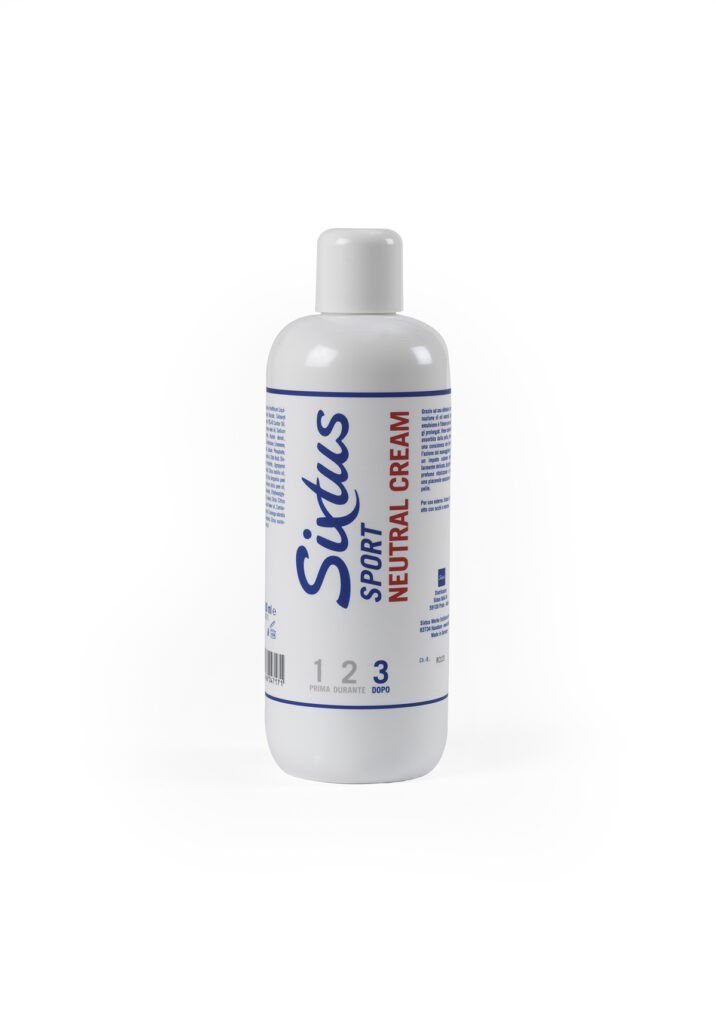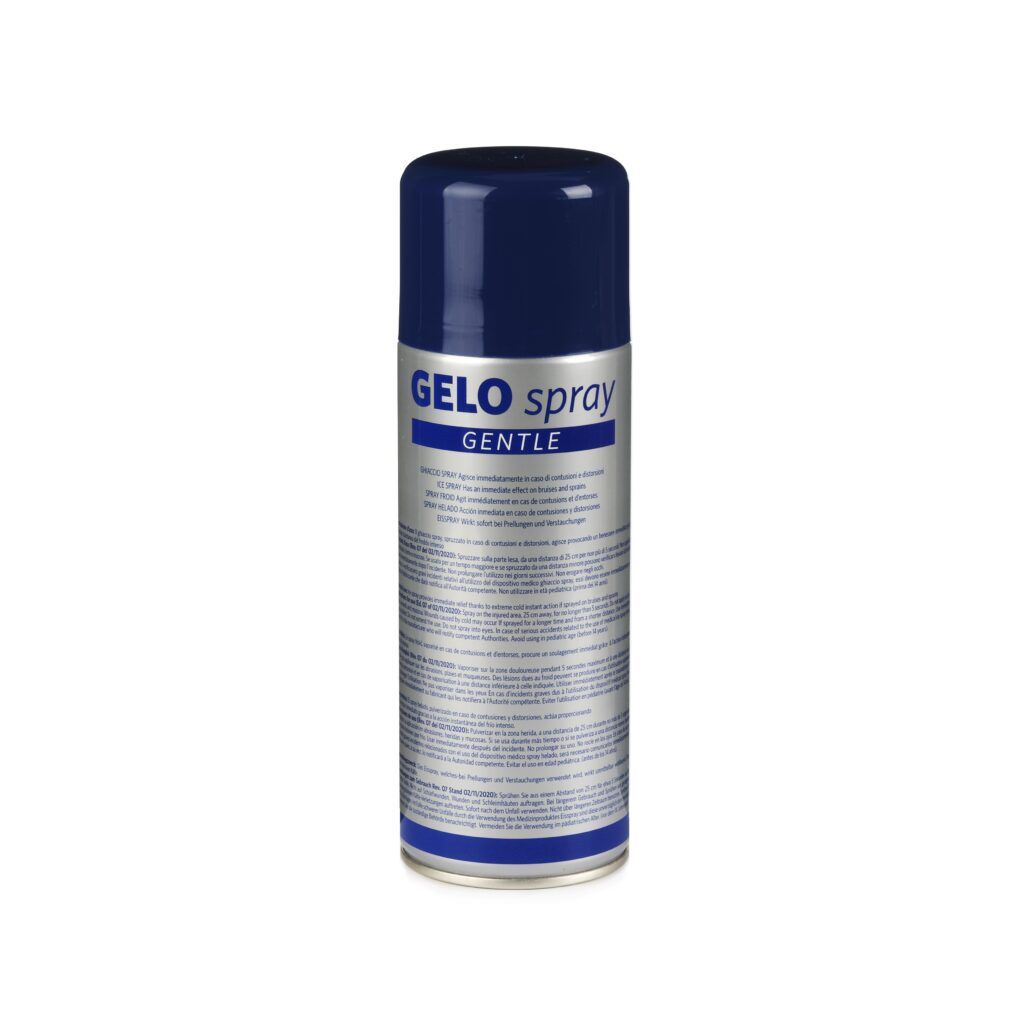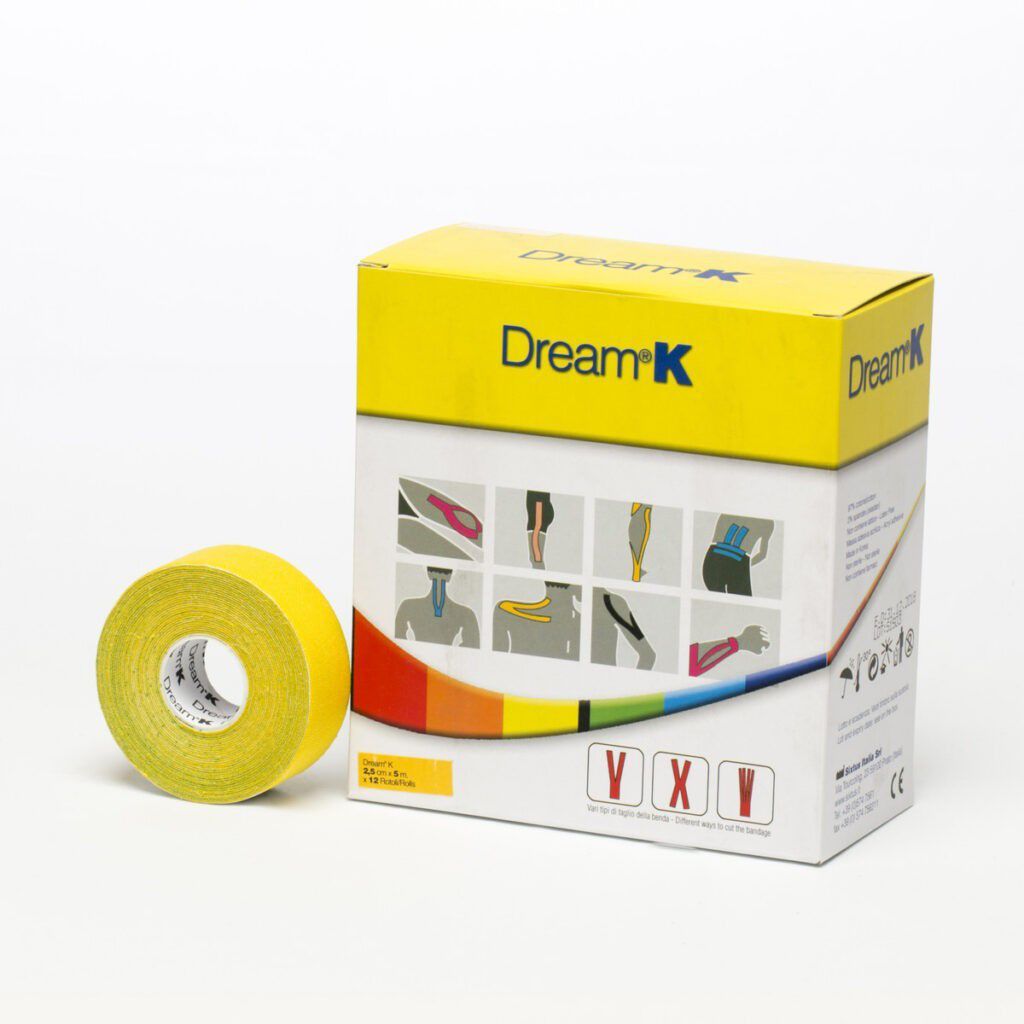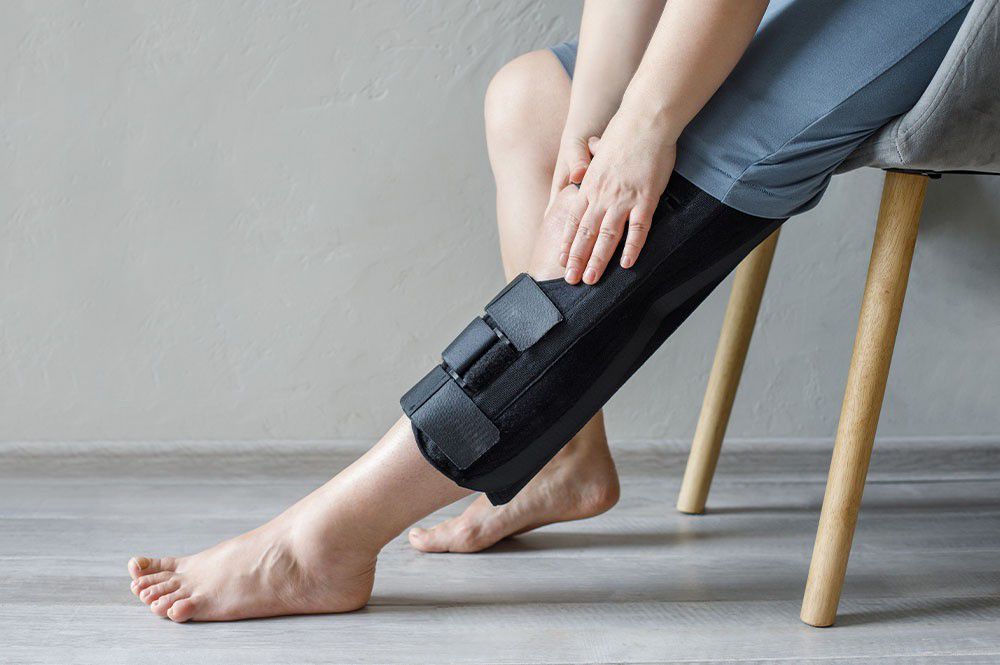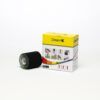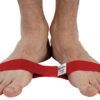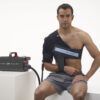Ulnar tunnel (cubital) syndrome
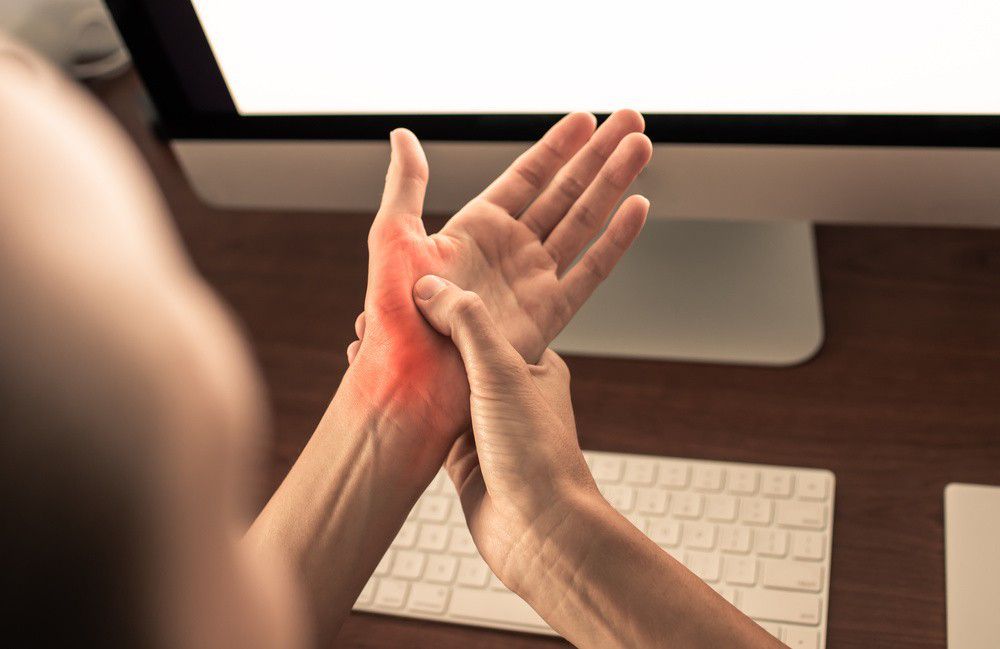
- 1 Ulnar tunnel syndrome
- 2 Ulnar tunnel syndrome
- 3 Ulnar tunnel syndrome
- 4 Cubital tunnel syndrome
The symptoms
- Early symptoms are tingling and numbness in the ring and little finger.
- In the advanced stage, muscle atrophy leads to reduced strength.
- Those affected often seek medical attention too late, which reduces the chances of rapid treatment success.
The first symptoms of cubital tunnel syndrome are often sensory disturbances in the little finger and ring finger. These usually occur at night during sleep or after certain efforts.
Because patients describe it differently, physicians generally speak of paresthesia. These include the following symptoms that you may notice in the hand, ring finger, and little finger:
- Numbness,
- Tingling,
- Sensation like hairs,
- Swelling sensation.
The symptoms are most common in the left arm. However, the disease occurs on both sides simultaneously in about 20-40% of cases.
Such sensory disturbances are usually triggered by different movements or in certain positions.
They often occur, for example, when the elbow joint flexes while reading a newspaper or on a cell phone. In addition, work performed with the arms above the head and certain sports can increase the symptoms of cubital tunnel syndrome. Repeatedly moving the elbow in the same way, such as in basketball or golf, often increases pain, and the same can happen when painting the ceiling, for example.
Many patients report that symptoms appear mainly at night during sleep. Some of those affected wake up because of this.
The symptoms usually begin when they sleep on their side with their arms folded.
Numbness and other sensory disturbances are the most common signs of cubital tunnel syndrome.
However, some sufferers also complain of symptomatic pain in the elbow that radiates to the hand or shoulder. If the disease progresses unchecked, it can partially paralyze the muscles (paresis) and cause the little finger to protrude slightly. At the same time, the hand and arm feel helpless and clumsy, and writing something by hand or turning a key in a door lock can become a challenge.
In the later stages of the disease, the grip weakens as the reduction in strength is caused by muscle atrophy in the hand.
The fingers on the ulnar side (little finger and ring finger) are slightly bent and protrude, with such positioning and flexion, which explains why specialists speak of a claw hand.
Classification and incidence
Although there is still no universal system in medicine, the symptoms of cubital tunnel syndrome are divided into three degrees of severity:
–Mild, the little finger and ring finger sometimes tingle or feel numb. The hand sometimes feels a little weak.
–Medium, the little finger and ring finger tingle more often or sometimes feel numb. The thumb and index finger cannot grasp properly.
–Severe, the little finger and ring finger tingle constantly or always feel numb. Ulnar fingers are partially paralyzed and protrude. Muscle atrophy begins.
Ulnar tunnel syndrome: incidence
Overall, only about one percent of the population shows typical symptoms of the disease, and very few of these suffer from severe cubital tunnel syndrome.
Each year, about 25 out of every 100,000 people become ill.
Children and adolescents are little affected.
Statistics also show men have ulnar groove syndrome almost twice as often as women. Smokers also often suffer from these well-known symptoms.
Anyone who has smoked for ten years since the age of 31 has twice the risk of developing cubital tunnel nerve entrapment syndrome, while for those who started smoking at a very young age in school, the risk is as much as five times that of nonsmokers.
Causes
-Cubital tunnel syndrome occurs when the ulnar nerve is pinched in the elbow area.
-The nerve is located in a channel of bony and fascial tissue; the primary cause is a “shortening” of the cubital tunnel fascia.
This creates permanent pressure in the nerve canal.
-The secondary cause lies in bone fractures or joint disease.
Cubital tunnel syndrome can have a variety of causes. Although doctors and scientists have been researching the disease for many years, they still need to understand some of its connections fully.
However, one thing is clear: compression, traction, or friction damages the ulnar nerve at the elbow. This pressure damage causes the typical symptoms of cubital tunnel syndrome. However, where and how the nerve is pinched or damaged is not always clear. Therefore, scientists have divided the clinical picture into two forms.
1. Medical professionals refer to the first (primary) form as idiopathic (about 30-50% of cases). This simply means that no cause has been found for the disease and that it occurs alone or independently of other conditions.
2. The second (secondary) form is considered symptomatic because doctors can see clear signs of disease, such as lesions or malpositions on the elbow.
Numerous studies have already contributed to a better understanding of the disease.
Today, we know where the ulnar nerve is under pressure (compression) in the nerve canal and is pinched or compressed. The situation is slightly different in each of the three sections of the Cubital Tunnel: for a long time, it was assumed that the ulnar nerve is compressed mainly in the first section of the cubital tunnel. Because this section is characterized by a bony canal (sulcus), the disease was previously known as ulnar sulcus syndrome (also known as ulnar sulcus syndrome). However, we know that all sections can be affected today, so this disease is called “cubital tunnel syndrome.”
Compression of the sensitive ulnar nerve is probably most common in the second area. High pressure builds up under Osborne’s fascia (retinaculum of the cubital tunnel), which still partially crosses the groove.
In the third area, damaging compression may occur under the flexor fascia, stressing the ulnar nerve. Several studies have shown that these “bottlenecks” sometimes extend from the elbow up to twelve centimeters in the direction of the hand.
It is generally accepted that repeated pressure on the elbow can lead to this nerve compression syndrome. At the same time, bone deformities cannot be seen in the idiopathic form of the disease. However, some researchers suspect that the physical may promote cubital tunnel syndrome through some anatomical deviations but not directly trigger it. Regardless, personal movement patterns could have an impact on symptoms.
But that’s not all: targeted pressure measurements during surgeries have shown that strong fascial tensile stresses also act on the nerve in addition to excessive pressure. The problem exists if one keeps the elbow bent for a long time, with the consequence that the fascia will “shorten” more and more over time.
In addition, other clearly recognizable factors can also trigger this disease in the secondary or symptomatic form of cubital tunnel syndrome. Known causes include:
-Arthrosis,
-rheumatism,
-broken bones in the elbow area,
-diabetes,
-overweight,
-thyroid dysfunction,
-chronic kidney disease,
-hormonal changes (due to pregnancy or menopause).
-Other less common secondary causes include lipomas, ganglions, thickened veins, cysts, or inflammatory processes that can constrict the space in or near the cubital tunnel so much that the ulnar nerve is compressed—compression injury results from this entrapment.
Of course, the ulnar nerve can also be pinched in places other than the elbow. For example, ganglia, cysts, and other causes can also lead to compression syndrome in the cervical spine, forearm, or Guyon’s box on the wrist. The corresponding symptoms are similar to those of cubital tunnel syndrome. A specialist can use a thorough diagnosis to determine the cause of compression syndrome accurately.
Treatment
Cubital tunnel syndrome can be triggered by increased stress, in which the symptoms should last only for a short period and disappear on their own as soon as you stop straining your elbow movements. Otherwise, there are several ways to treat cubital tunnel syndrome medically and/or physiotherapeutically.
Many physicians follow the logic that helps with acute symptoms caused by short-term excessive stress, namely rest.
Therefore, a common recommendation of many medical professionals is to immobilize the arm. For example, do not rest the sensitive elbow on hard surfaces to avoid e external pressure, as it can strain the ulnar nerve. If it is pinched even more, the symptoms will increase.
At the same time, conventional medicine suggests avoiding movements that require bending the elbow too much. However, because this happens naturally to many people at night while they sleep, doctors prescribe so-called night splints.
These orthopedic splints block the elbow joint at a gentle angle of 40 to 50 degrees. This is why immobilization in splints is initially rather unpopular with most patients. Moreover, as they increase the causal lack of exercise, targeted exercises would be necessary to get the fascia moving again.
Regular fascia training keeps the connective tissue healthy and can reduce the high tensile and compressive forces in the cubital tunnel. To do this, slowly setting the interstitial fluid in motion to increase nutrient exchange in the connective tissue, including through fascial massage, is the optimal method for this:
-Slow rolling movements allow the interstitial fluid to flow better into the desired area.
-Waste materials are thus removed and fresh, nutrient-rich fluids can flow.
Fibroblasts break down collagen and thus reduce fascia adhesion.
-The compressive and tensile forces of the fascia decrease and the compressed ulnar nerve can be released so that symptoms regress.
To eliminate pain, patients are given painkillers such as ibuprofen or diclofenac, in addition to cortisone, although the effect of painkillers and cortisone in cubital tunnel syndrome is already controversially discussed.
Current medical guidelines expressly advise against the use of cortisone injection directly on the cubital tunnel.
This procedure is often associated with various complications and promises little improvement over simple rest.
Physiotherapy can also be used to treat mild cubital tunnel syndrome with the following special physiotherapy and physical therapy treatments:
ultrasound treatments of a compressed nerve at the elbow have therapeutic benefits.
nerve sliding exercises for the ulnar nerve.
Initially, cubital tunnel syndrome should be treated gently and nonsurgically.
In many cases, symptoms can be successfully eliminated early.
And neurolysis surgery is necessary in which surgery aims to reduce pressure on the nerve, when:
-conventional treatments have not worked
-the fingers and arm are permanently numb or tingling,
-muscles are atrophying due to persistent sensory disturbances (muscle atrophy),
-electrophysiological checks show that nerve conduction velocity has decreased over several weeks.
The neurolysis procedure occurs when the cubital tunnel tissue compresses the nerve.
Therefore, an operation could occur directly on the elbow joint, but also on the ulnar side of the forearm or the lower end of the humerus. After the neurolysis operation, patients should rest the affected arm for two to three weeks.
Simple decompression often gives good results. Despite this, pain and symptoms often persist.
In other cases, symptoms return after some time. Experts then speak of recurrence.
Such cases present physicians with complex therapeutic problems in treating cubital tunnel syndrome.

